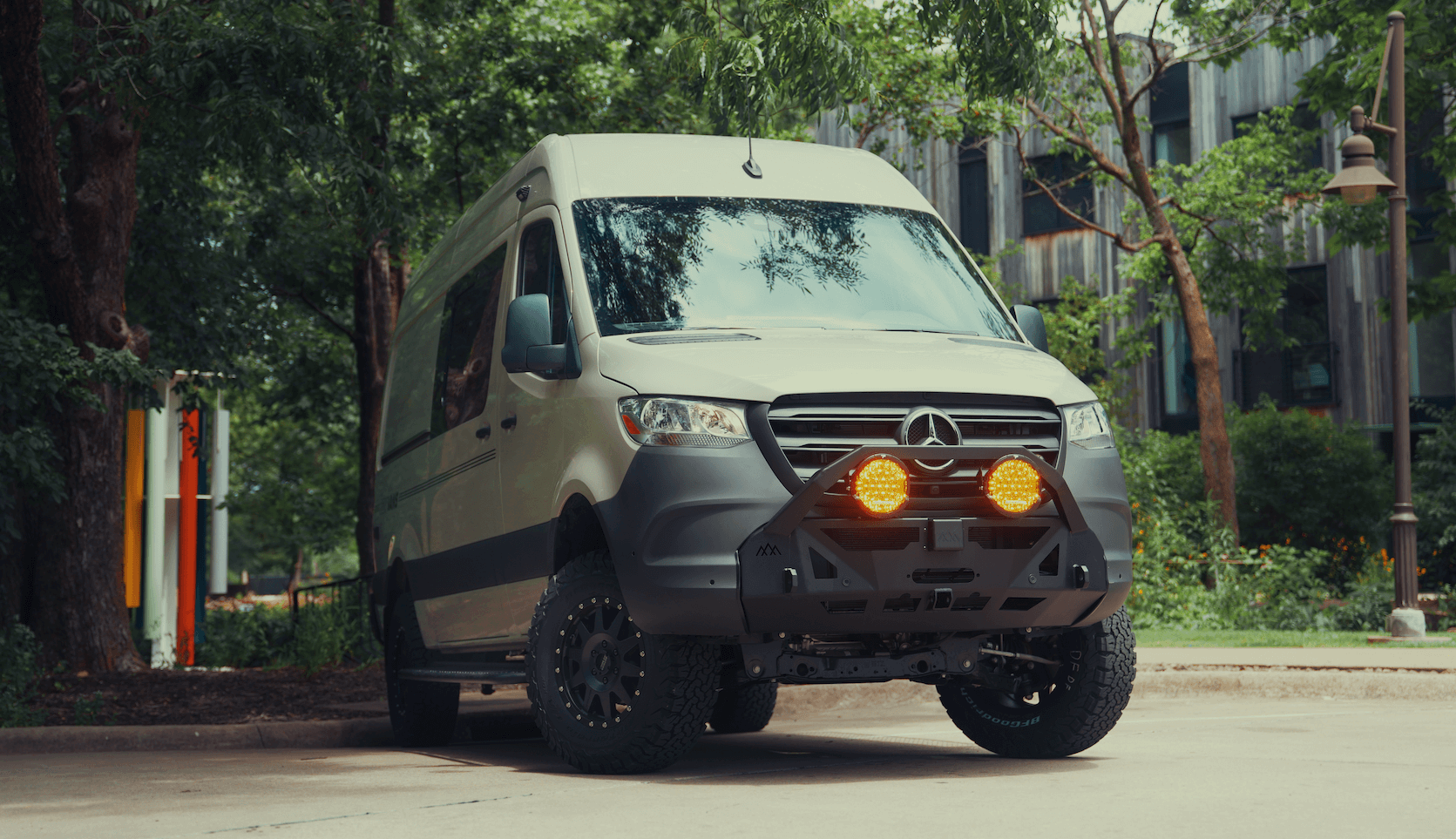Recreational Vans

Carbon monoxide is colorless, odorless, and tasteless, yet it binds to hemoglobin more readily than oxygen. That is why a small amount in an enclosed space can create a serious health emergency. A carbon monoxide detector serves as your early warning system by tracking concentration over time and sounding an alarm before symptoms escalate. The goal is not only to warn of a sudden spike but also to prevent low level exposure that can build during sleep or quiet hours.
Early signs of exposure feel like the flu without the fever. Headache, dizziness, weakness, nausea, and confusion often show up first. If an alarm sounds, move everyone to fresh air immediately and call emergency services. Do not reenter until the source is identified and the area is ventilated. If symptoms persist, seek medical care and tell responders that carbon monoxide exposure is suspected.
Most residential and mobile detectors monitor parts per million over time and use an algorithm to meet UL 2034 requirements. Typical behavior under that standard is no alarm at very low levels, alarm within 60 to 240 minutes at about 70 parts per million, within 10 to 50 minutes at about 150 parts per million, and within 4 to 15 minutes at about 400 parts per million. A digital display helps you see trends, while peak memory shows the highest level recorded since last reset.
Look for features that increase reliability and ease of use:
Electrochemical sensors are common for accuracy and stability over the lifetime of the unit. They rely on a chemical reaction that changes electrical output as CO is present. Metal oxide semiconductor sensors can detect broader gases but may be more sensitive to humidity and temperature swings. Biomimetic gel sensors change color in the presence of CO and are used in some passive indicators. For living spaces, electrochemical is often preferred for precise alarms.
Install at least one carbon monoxide detector on every level and near each sleeping area. Keep them outside of bathrooms and away from kitchens, garages, return vents, or open windows that can dilute or spike readings. Because carbon monoxide mixes well with air, height is less critical than location near people, but follow the manufacturer guidance for wall or ceiling placement. Test monthly, vacuum the vents gently to remove dust, and replace batteries on a schedule. Most sensors have a life of five to seven years, so note the replacement date at installation.
Consider sources of CO when planning placement. Any fuel burning furnace, water heater, stove, heater, generator, or vehicle idling in an attached garage can produce CO. Schedule regular maintenance for combustion appliances, verify flue integrity, and never use cooking ranges for space heating. In a power outage, only operate generators outdoors and far from openings, since even brief upwind operation can backdraft into living areas.
Compact interiors increase the importance of a reliable detector. Place one near the bed and another near the galley or heater if you use propane, diesel, or gasoline fired appliances. Ensure exhaust routing for heaters and generators is correct, sealed, and away from windows. Add active ventilation to help purge any buildup during cooking, and never run a vehicle or generator in a closed shop or attached garage while people are inside the van.
If you are dreaming up a road ready adventure rig, integrate safety from the start. In our custom van world, that means thoughtful detector placement, proper ventilation, and clean exhaust routing that respects airflow in a compact cabin. It also means electrical integration that keeps alarms powered and easy to test without cluttering your walls. Explore our Recreational vans by OZK to see how we prioritize smart layouts. Planning a fully tailored interior and systems package is simple through Custom build a van. Want a platform that can finance with a safety focused upfit path? Check out Finance ready vans.
Final step Ready to build safety into your rig from day one? OZK Customs integrates carbon monoxide detectors, ventilation, and compliant fuel systems into every custom van. Share your goals and we will engineer a safe, quiet, and road proven setup that lets you sleep easy. Start your build consult now.
Ready to build safety into your rig from day one? OZK Customs integrates carbon monoxide detectors, ventilation, and compliant fuel systems into every custom van. Share your goals and we will engineer a safe, quiet, and road proven setup that lets you sleep easy. Start your build consult now.
ADDRESS:
6159 E Huntsville Rd, Fayetteville, AR 72701
PHONE:
(479) 326-9200
EMAIL:
info@ozkvans.com